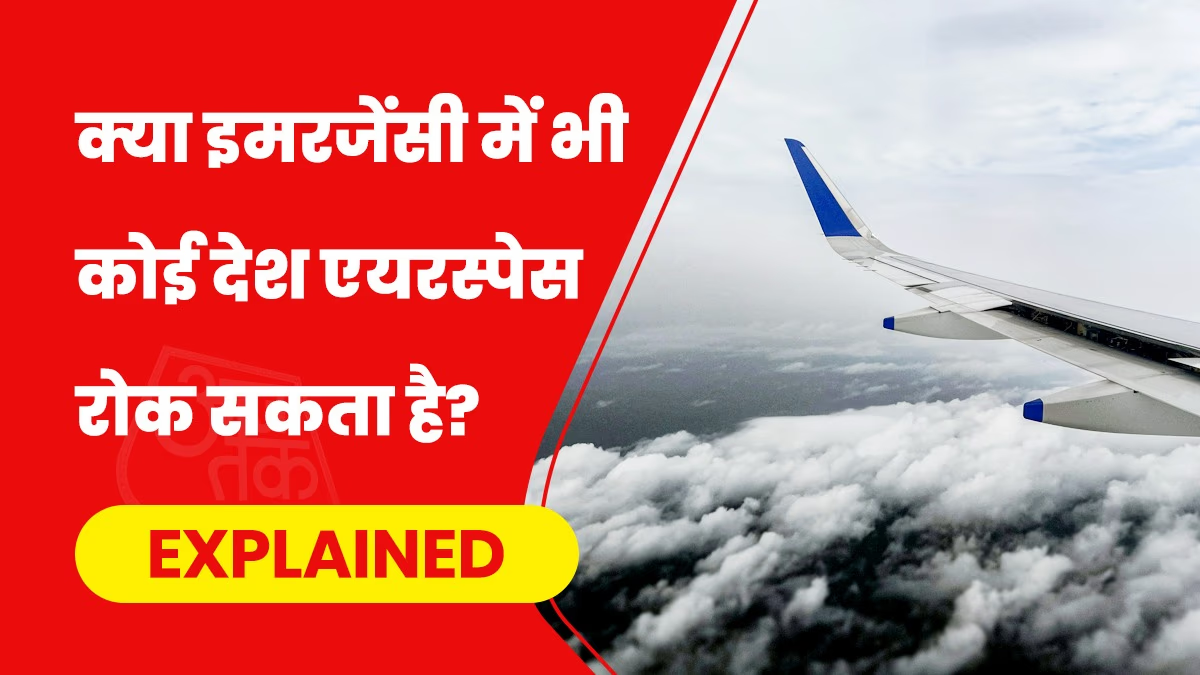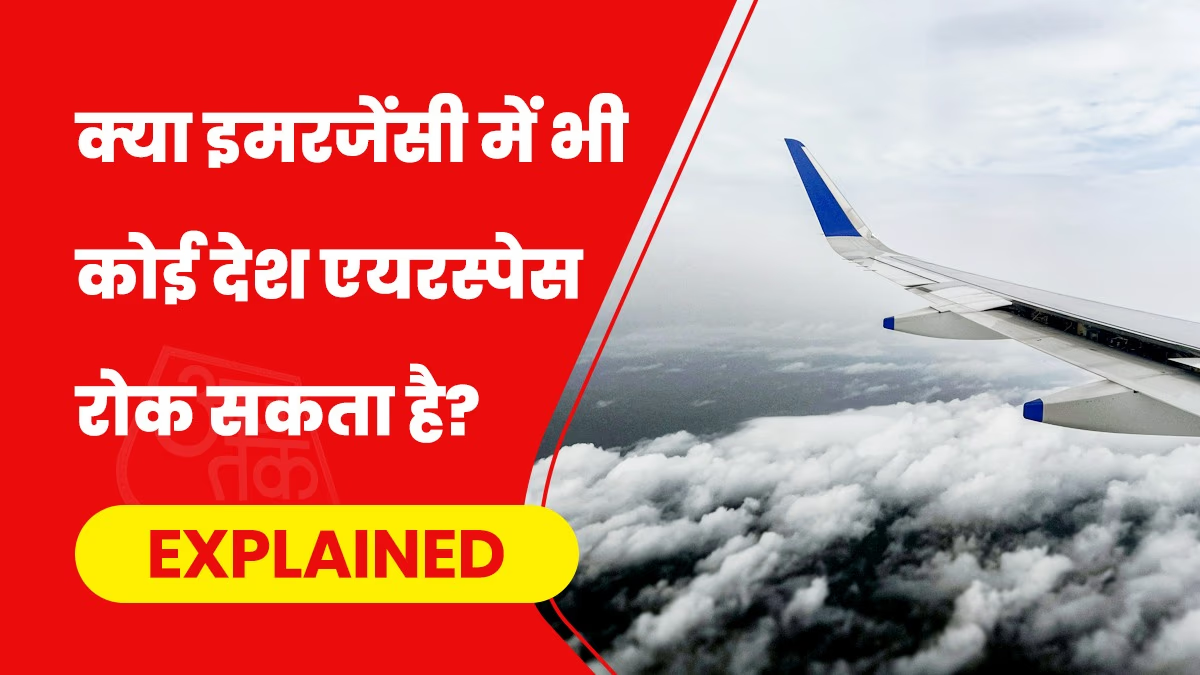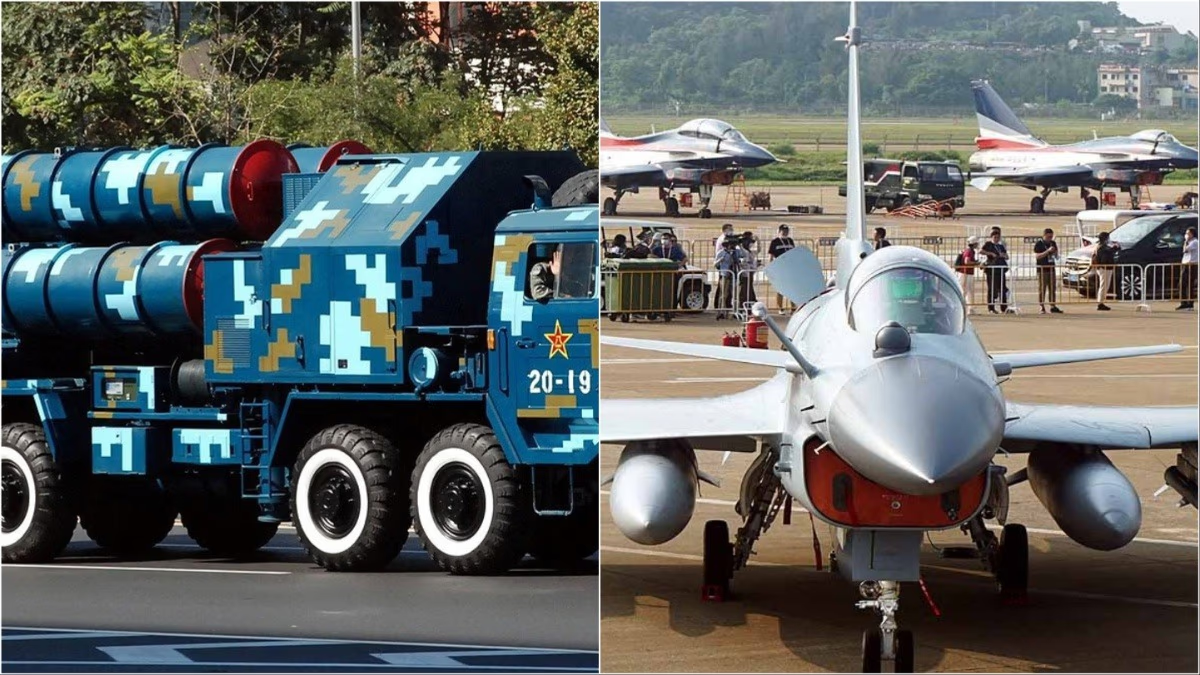Recently, an IndiGo flight traveling from Delhi to Srinagar found itself amidst turbulent winds. To avoid the storm, the plane sought temporary permission to enter Pakistani airspace, but Lahore's air traffic control denied the request. Consequently, the flight navigated through the storm to reach its destination. Amid current tensions between India and Pakistan, this refusal is perceived as a reflection of such tensions. However, if a mishap had occurred, could aviation authorities impose any penalties on Pakistan?
Closing airspace during political tension is a common international diplomatic practice. Yet, when a flight faces emergencies such as hailstorms, an engine malfunction, or medical crises, most countries generally open their airspace. Although not obligatory, countries often do so on humanitarian grounds, and there is no accountability if they choose otherwise.
The Division of Airspace
Similar to land and sea, airspace is divided among nations. According to the 1944 Chicago Convention, every nation holds rights over its skies. This arrangement allows countries to decide which aircraft may enter their airspace. This principle stands at the core of the International Civil Aviation Organization (ICAO).
Generally, countries with cordial diplomatic ties maintain open airspace. However, during strained relations, a country may refuse entry to flights from another country, even civilian ones, without any intervention.
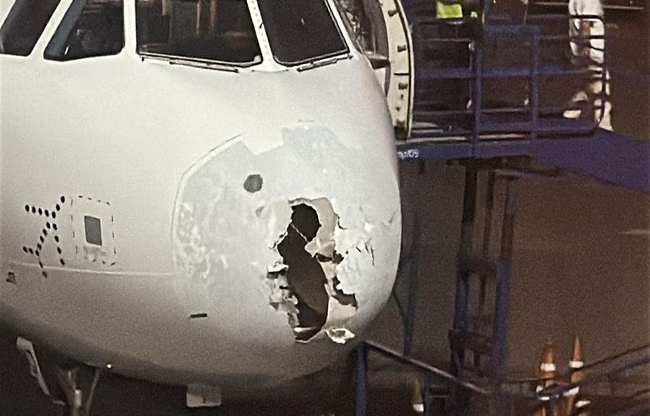
Source: aajtak
Can ICAO Enforce Penalties?
No, ICAO can only recommend or mediate in worsening situations but cannot impose any mandates on nations. Nor can it levy penalties over incidents. Nevertheless, if a country persistently blocks airspace in emergencies, risking lives, it could be seen as breaking international law. Such cases can be brought to the UN or International Court of Justice.
Similar Incidents Have Occurred
In the 1980s, the U.S. accidentally shot down an Iranian Airlines flight over the Gulf, killing nearly 300 passengers. The incident escalated to the International Court, leading to significant compensation by the U.S. ICAO can only report such incidents to higher authorities, but for accountability, it must be proven that airspace closure was politically or diplomatically motivated, jeopardizing lives.
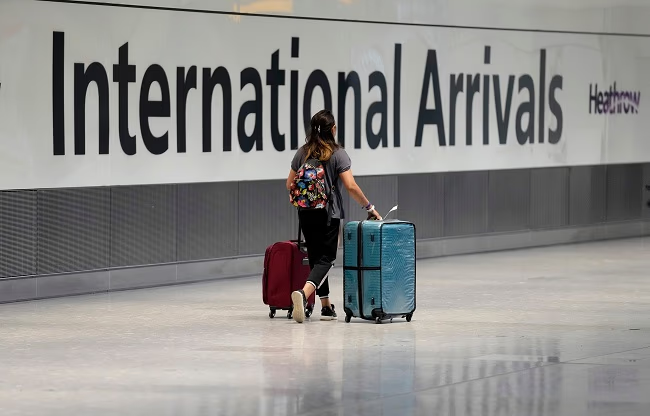
Source: aajtak
No Borders, Yet Airspace Closure
Although airspace lacks visible boundaries like land or sea, each nation's airspace is distinctly defined. To prevent aircraft trespassing, a Notice to Airman is issued, warning of temporary restrictions for certain dates or countries. Continuous monitoring ensures these no-fly zones are enforced, supported by air traffic control overseeing air transport.
What Happens if an Aircraft Trespasses?
If a flight enters without permission, a radio warning is initially issued for immediate withdrawal.
Should this be ignored, fighter jets may escort the offending aircraft outside the boundary.
In extreme situations, where national security is threatened, the aircraft might be shot down.
Extreme Measures for National Security
Shooting down an aircraft is a last resort for severe national security threats. This regulation emerged post-9/11, after Al-Qaeda's hijacking of four civil aircraft. Realizing passenger planes could be weaponized, the U.S. adopted a straightforward rule for Washington: Intercept and neutralize any hijacked plane posing threats to civilian, military, or scientific sites.
